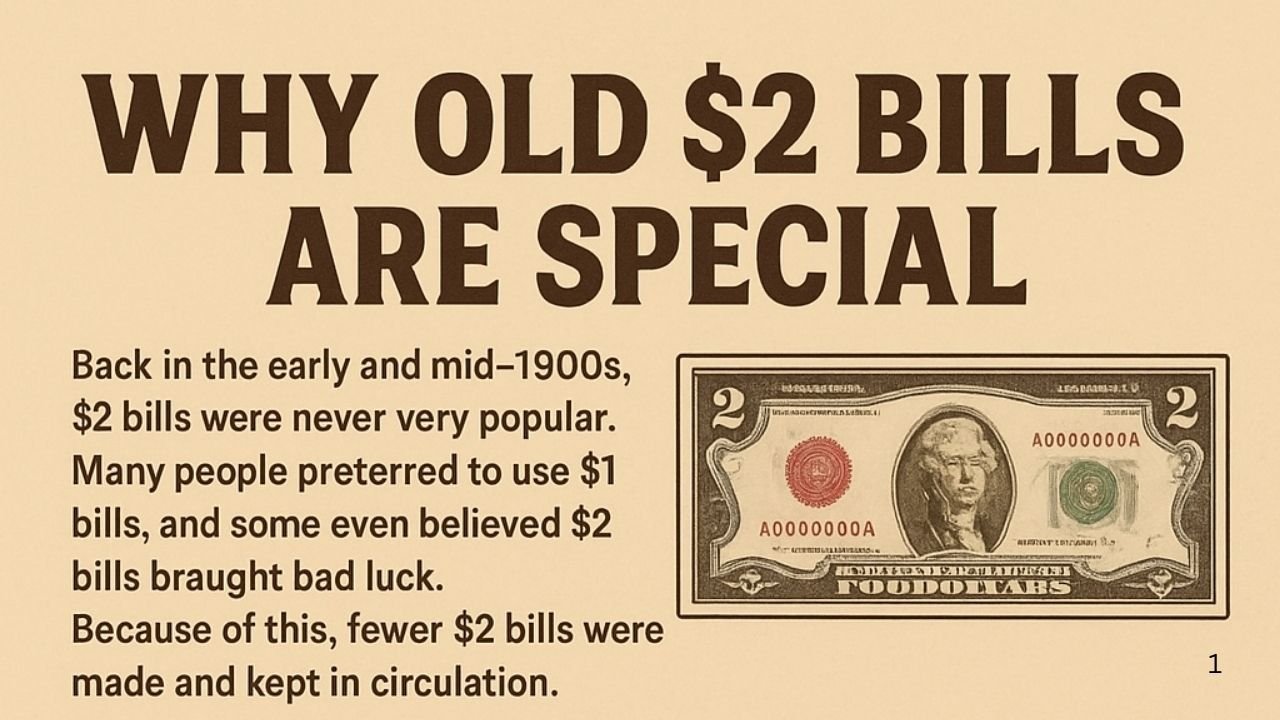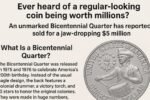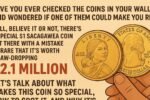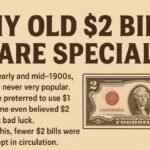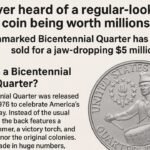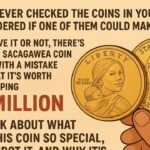Most people think a $2 bill is just… well, worth $2. But here’s the twist — some rare $2 bills printed between 1928 and 1976 can now sell for over $4,500! Surprised? You’re not alone. These bills aren’t just money; they’re tiny pieces of American history that collectors love to chase.
Let’s dive into why they’re so valuable, how to spot them, and what makes them different from the regular ones you might still see today.
Why Old $2 Bills Are Special
Back in the early and mid-1900s, $2 bills were never very popular. Many people preferred to use $1 bills, and some even believed $2 bills brought bad luck. Because of this, fewer $2 bills were made and kept in circulation.
When something is both old and rare, collectors’ eyes light up. It’s like finding an old comic book or a vintage car in your garage — scarcity and age make it more desirable.
Key Factors That Make Them Valuable
Several things can make a $2 bill worth way more than face value:
Year of Issue – Bills from 1928, 1953, and 1963 are more sought after, especially in pristine condition.
Series and Signatures – Different series have different Treasury signatures, which collectors look for.
Condition – Crisp, uncirculated bills are like mint-condition baseball cards — they’re worth much more.
Red Seals vs. Green Seals – Older red-seal bills are especially collectible.
Errors and Misprints – Any printing mistake can make the bill even rarer and more valuable.
Table of Notable Rare $2 Bills (1928–1976)
Year & Series Seal Color Special Features Estimated Value (Uncirculated)
1928 (all types) Red First small-size $2 bills $500 – $4,500+
1953 Series Red Multiple signature varieties $150 – $2,500
1963 Series Red Last red-seal $2 bills issued $100 – $1,000
1976 Bicentennial Green Special first-day stamp notes $20 – $200
Error Print Bills Red/Green Misprints or off-center ink $300 – $3,000
Note: Values depend heavily on condition, rarity, and collector demand.
How to Tell If You Have a Rare One
The easiest way is to check three things:
Look at the year on the front of the bill
Check the seal color — red seals usually mean it’s older
Inspect the condition — crisp and clean bills are worth more
If your bill is from 1928, 1953, or 1963, and it has a red seal, you might be holding a small treasure.
Where to Sell Rare $2 Bills
If you find one of these rare notes, you have a few options:
Local coin or currency shops
Online marketplaces like eBay
Currency collector shows or conventions
Just remember — it’s best to get your bill professionally graded before selling. That way, buyers know it’s genuine and in the condition you say it is.
Conclusion
The $2 bill might not be the most common note in your wallet, but it could be one of the most valuable pieces of paper you own. Bills issued between 1928 and 1976, especially with red seals, can be worth hundreds or even thousands of dollars. So before you spend that old $2 bill, take a closer look — you might just be holding a little piece of history worth far more than you think.
FAQs
Are all $2 bills rare?
No, most modern $2 bills are still worth $2, but older red-seal ones can be valuable.
What is the most valuable $2 bill?
A 1928 series in uncirculated condition can fetch over $4,500.
Do 1976 $2 bills have value?
Yes, some first-day stamped versions are collectible and worth more than face value.
How can I check a $2 bill’s value?
Check the year, seal color, condition, and look it up in a collector’s price guide.
Should I clean an old $2 bill?
No, cleaning can damage it and lower its value — keep it as is.
